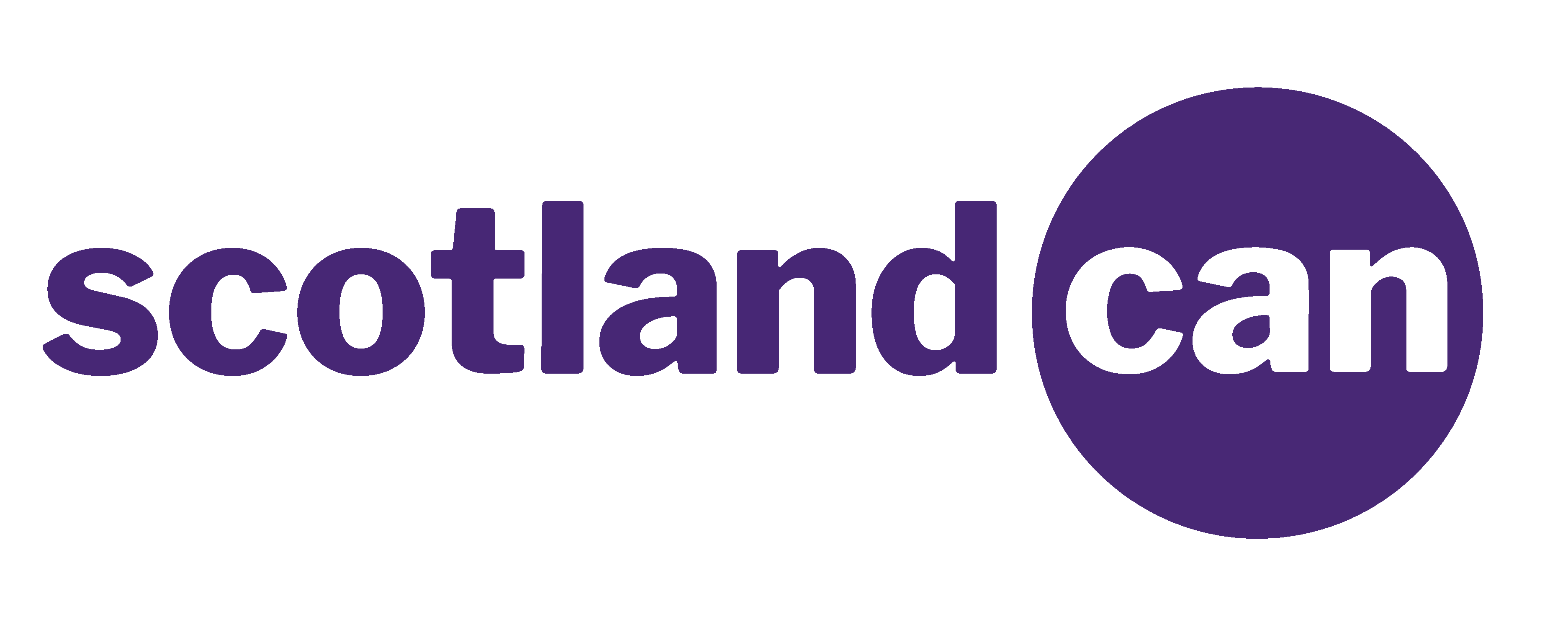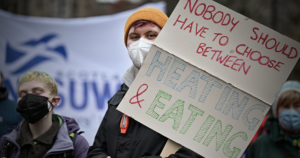“What is the value of flowers? What is the value of air?” So a young Scots woman asks us in a new VisitScotland advertising campaign. In her two minute long soliloquy set against gorgeous Scottish scenery, the actor declares proudly how we in Scotland are enlightened enough to understand that not everything has a price. Mountains, glens, babbling brooks, flowers, air, and so forth are the things of real value. The best things in life are free. Money isn’t everything.
This hippy-dippy Scottisness is an example of the image of country that Nicola Stugeon wishes to sell to the world. Today however, her government must seek to grapple with hard tacks. Kate Forbes, the SNP’s impressive Finance Secretary, will unveil the Scottish Government’s budget for the coming 2022-23 financial year. And unlike her thespian colleague, for her money is the only thing.
Across the country, everyone is fighting for their share of the pie. Covid has left its mark. The NHS, like a remorseless juvenile albatross, is squawking for more, more, more. Mrs Forbes has to decide how to divide it up the rest of the pie. Neither hard-pressed small firms, nor jittery government departments, nor grumpy local councils, nor even tourist boards like VisitScotland will be satisfied being told that you can’t put a price on a bunch of geraniums. They want hard pound notes. Far more significantly for the long-term, and with the country emerging from the pandemic, this is also a moment for Mrs Forbes to set out a clear plan of action for how the pie itself is to be increased in size. This, on Thursday, she should seek to answer one very simple question – how do we grow our way out of the doldrums?
Oddly, the SNP has not spent enough time thinking about this. Their case for independence relies entirely on convincing wary Scots that the country can afford to make the break. Yet after 15 years in power, the SNP’s record on the economy is desultory. Scotland is by no means the poor man of the UK: outside London, the south east and the south west, its GDP per head of population is ‘the best of the rest’. But as studies have confirmed this week, the amount of economic output we each generate is low by international standards and actual growth under the last twenty years has been weaker than the UK as a whole. Given Scotland’s high levels of public spending, we still run a huge current account deficit.
A Nationalist government that was focused on making independence a success, as opposed to just using it as a stick, would have a very clear priority – to turn this around, raise Scotland’s growth rate and drive us up the top of European table. Even if some of us still wouldn’t back independence, at least we could support the attempt to make the nation capable of making a go of it. There might even be some consensus across the divide. As Malcolm Offord, the new Scotland Office Minister and former private equity boss, recently put it: “I do not want the case for the Union to be constructed on the idea of dependency. I want our Union to be constructed on the idea of mutual benefit and reciprocity where England, Scotland, Wales and Northern Ireland all do their best to raise and share resources for the common good. Whether we are pro-Union or pro-independence this is a goal we should all unite around.”
Make no mistake, this is easier said than done and pushing Scotland up the economic table is an immense task. An Oxford Economics report earlier this year commissioned by Sir Tom Hunter concluded that if Scotland was to get to the same economic performance as Norway, we would need to hijack a company the size of Google and dump it down in the middle of Glasgow or Edinburgh. That may be beyond us. But what is strange about the current incarnation of the SNP is that despite preaching Scottish exceptionalism at every turn, there has been a conspicuous failure to even have a go. Instead we have a confusing spaghetti of strategies, little constructive joint working between the London and Edinburgh governments, and a stifling lack of ambition.
Take one of the more interesting ideas to come out of the Scottish Government: the new National Investment Bank. Unfortunately it is still a curate’s egg. The Bank has £2 billion over ten years to spend on projects deemed suitable for start up money but while that sounds a lot, £2 billion only buys you a bridge these days. Its chairman Willie Watt has said money is “insufficient” if it’s to do its job. To add to the shortfall in spending is confusion about its aims; it must push the nation towards net-zero, and “build communities”, and “harness innovation”. This all point to the ambiguous attitude to enterprise which the government under its current First Minister holds. Under Mrs Sturgeon, it is not enough for investors and businesses just to focus on generating a profit; they must also in some way be seen to ‘do good’. So far, of the £2 billion promised, only £160m has been deemed worth enough to fit the bill, spent on everything from green technology, to housing, to forestry.
Today Mrs Forbes needs to be bold, and sort this out. She should make clear that the only purpose of Scottish Government enterprise and investment is to help Scottish businesses and Scottish entrepreneurs make as much money as humanly possible. She should make clear that a country of Scotland’s size should focus its efforts only on one or two key emerging industries; Sir Tom’s report recommended renewables, clean growth and its associated technologies. Dump everything else. Then she should wring Scotland’s well-padded and inefficient enterprise network dry of the cash it routinely wastes, fund the Investment Bank properly, and ask it to make some big bold bets. She should ask the UK Government to put its shoulder to her wheel by investing borrowed Sterling in her plans. Alongside this, a plan to boost skills and backing for those small firms would show that, in Mrs Forbes, we have a real Celtic Dragon at the helm.
It is all very well preaching about flowers and air. We can all agree that the best things in life are free. But at some point, stuff has to be paid for. Let us hope Mrs Forbes today shows us how.






